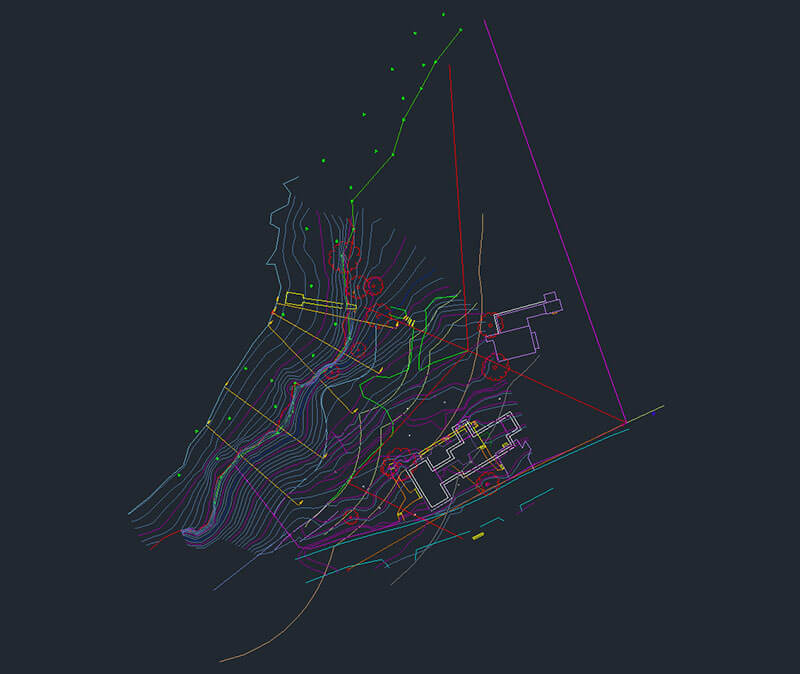

Left click anywhere on the diagonal line to add a control point.Ģ. Operate the tool by placing control points on the curve and dragging them up or down to brighten/darken that region.ġ. The Y-axis depicts luminance values for that region of the image. The right side of the curve corresponds highlights. How to interpret and manipulate the curve:Įverything left of the centerpoint corresponds to the parts of your image that are in shadow. Unlike the simpler brightness/contrast slider, Curves allows you to target specific regions of a render based on the region of the graph you are manipulating. The curves tool (pictured below) is found in the Advanced Tab and gives users a more precise means to adjust brightness, contrast, and value distribution in an image. Darken multiplies the line-overlay effect for more emphasis.Smooth applies a slight gaussian blur to the line overlay to counteract any jagged artifacts present in the mask.Darken and Smooth - These sliders allow users to fine-tune the overlay.Fade - This is an opacity slider for the overlayed image-adjust the intensity of the line-overlay to your desired value.Mask - Click Mask to filter out the white portions of the overlay, and restore the render to its original tone/brightness.The overlay is loaded at 50% opacity-note the "washed out" effect in the white portions of the overaly. Click Load and navigate to the 2D line overlay.Open your render in PIE, switch to the background tab.Note, the overlay must match the pixel resolution of your render exactly. Switch to the Hidden line style and then use SketchUp's 2D export feature to generate a line-overlay.


 0 kommentar(er)
0 kommentar(er)
